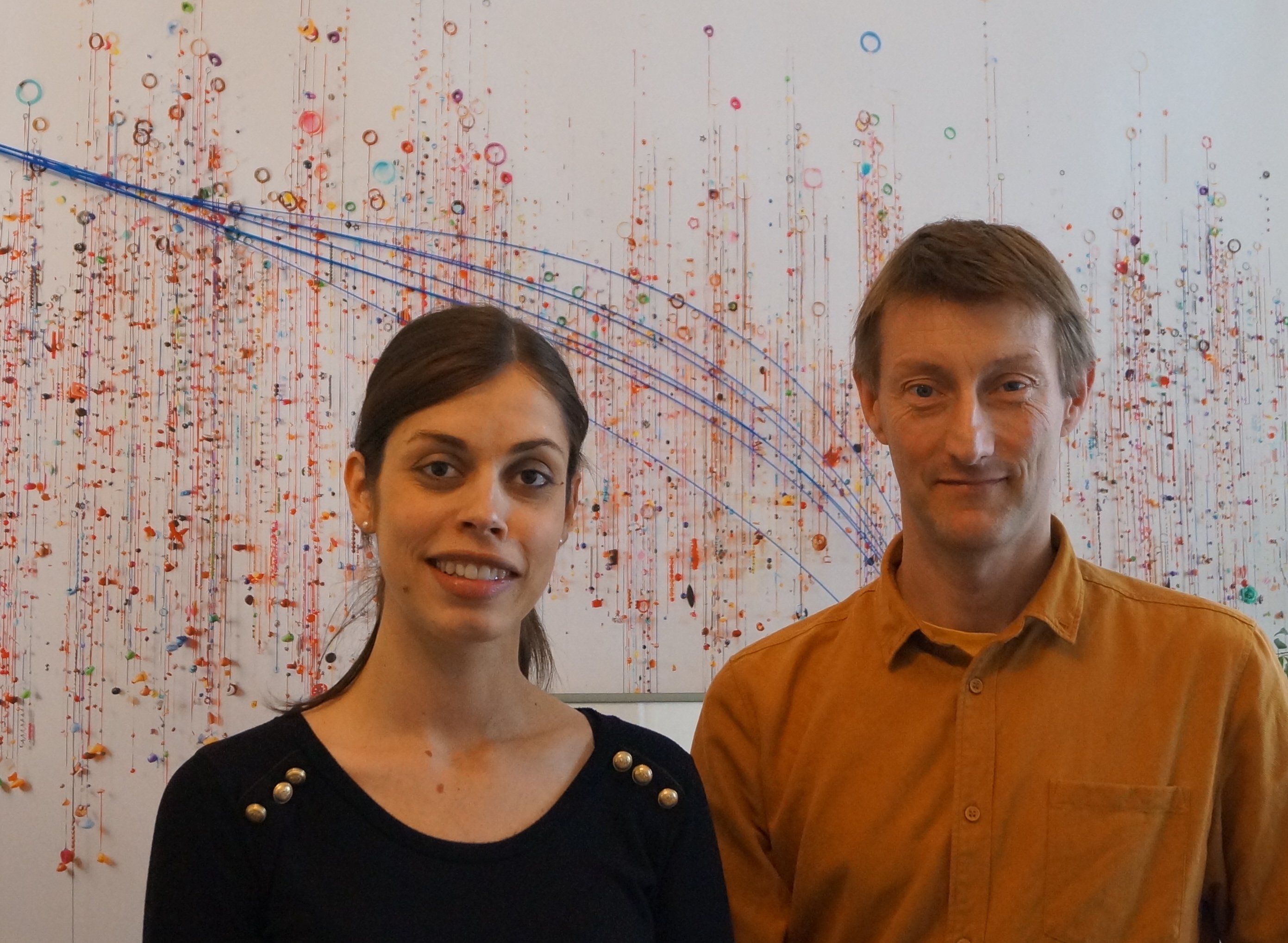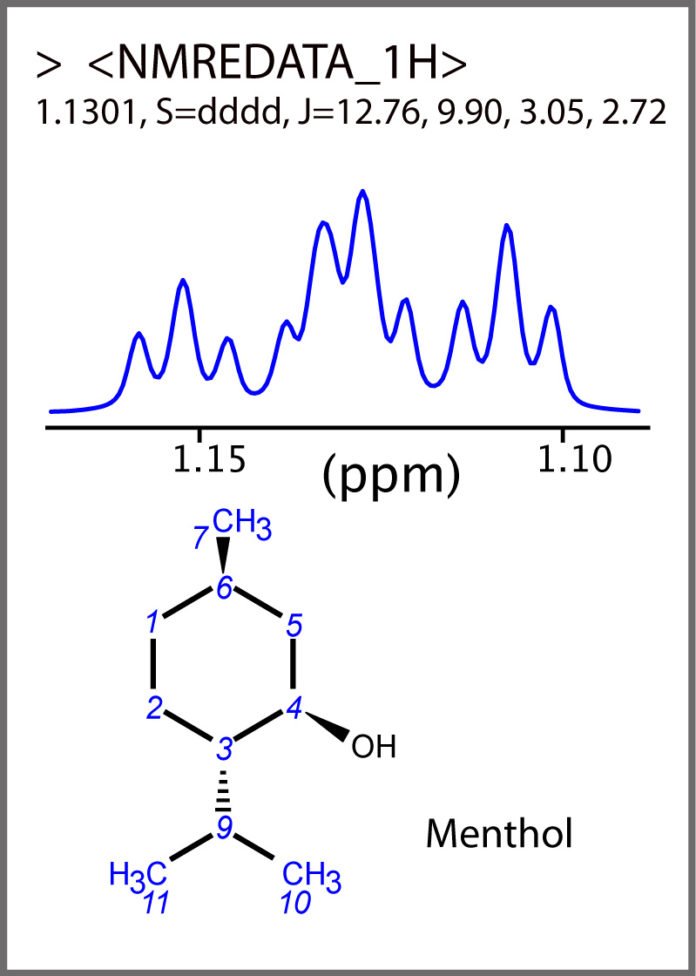An international team headed by chemists from the University of Geneva (UNIGE) has developed a new common electronic language with two main features: it translates the data of each molecule in exactly the same way and makes it simple to export it from one information system to another.
This electronic language enables scientists to access the data easily, which is also directly reusable – resulting in significant time-savings for future research.
Organic chemists make new particles in view of carbon atoms; these are so little, that it is difficult to perceive what they combine. Scientists utilize magnetic resonance to confirm these structures that are made “blind”: each particle that makes up the atom discharges a signal, whose frequency is interpreted as a range that the chemists would then be able to decode. To decide the structure of a particle, they should have the capacity to “read” the magnetic resonance spectra.

Image: UNIGE Damien Jeannerat
Damien Jeannerat, a researcher in the Department of Organic Chemistry in UNIGE’s Faculty of Science said, “Chemists have a specific vocabulary for describing spectra and detailing the resonance of the atoms. But the way the raw data is translated into a written language varies depending on the individual laboratory, the software used and the particular publication.”
“In short, there is no database available for assigned molecular structures or any uniformity in the way the spectra are processed and the data attributed to them. That’s why it is very difficult to re-use data generated by other laboratories. So, we came up with the idea of devising a single electronic language that can be used to switch from one system to another without losing any precision, and to build an international, open-access database.”
Marion Pupier, a chemical engineer in the Department of Organic Chemistry at UNIGE said, “Our new format, called NMReDATA, operates according to a system of labels that are assigned to each item of data extracted from the spectra in a defined order – and which can be easily read by a computer. The frequency of each atom will be described in a sequence showing the chemical shift, the number of atoms, the couplings, the interatomic correlations and finally the assignments.”
Jeannerat said, “Until now, everyone has used his own sequence to transmit the same information, making an electronic transfer from one computer to another impossible and forcing the researchers to monitor and constantly reorganize the information. But there will be no need to do this with our system, thanks to the uniform nature of the language.”
Marion Pupier said, “This would enable chemists to find the exact composition of the molecules they’re studying without having to re-do the work that has already been done in the past. The information will be visible and available anywhere and at any time, saving considerable time and money for organic chemistry research.”
All that now remains is to disseminate the new format and to establish it as the norm for publishing articles in the major international journals. “We hope that all the software will be fully operational in around a year and that NMReDATA will be used by everyone,» says Jeannerat by way of conclusion.
This study, published in the journal Magnetic Resonance in Chemistry (Wiley).
